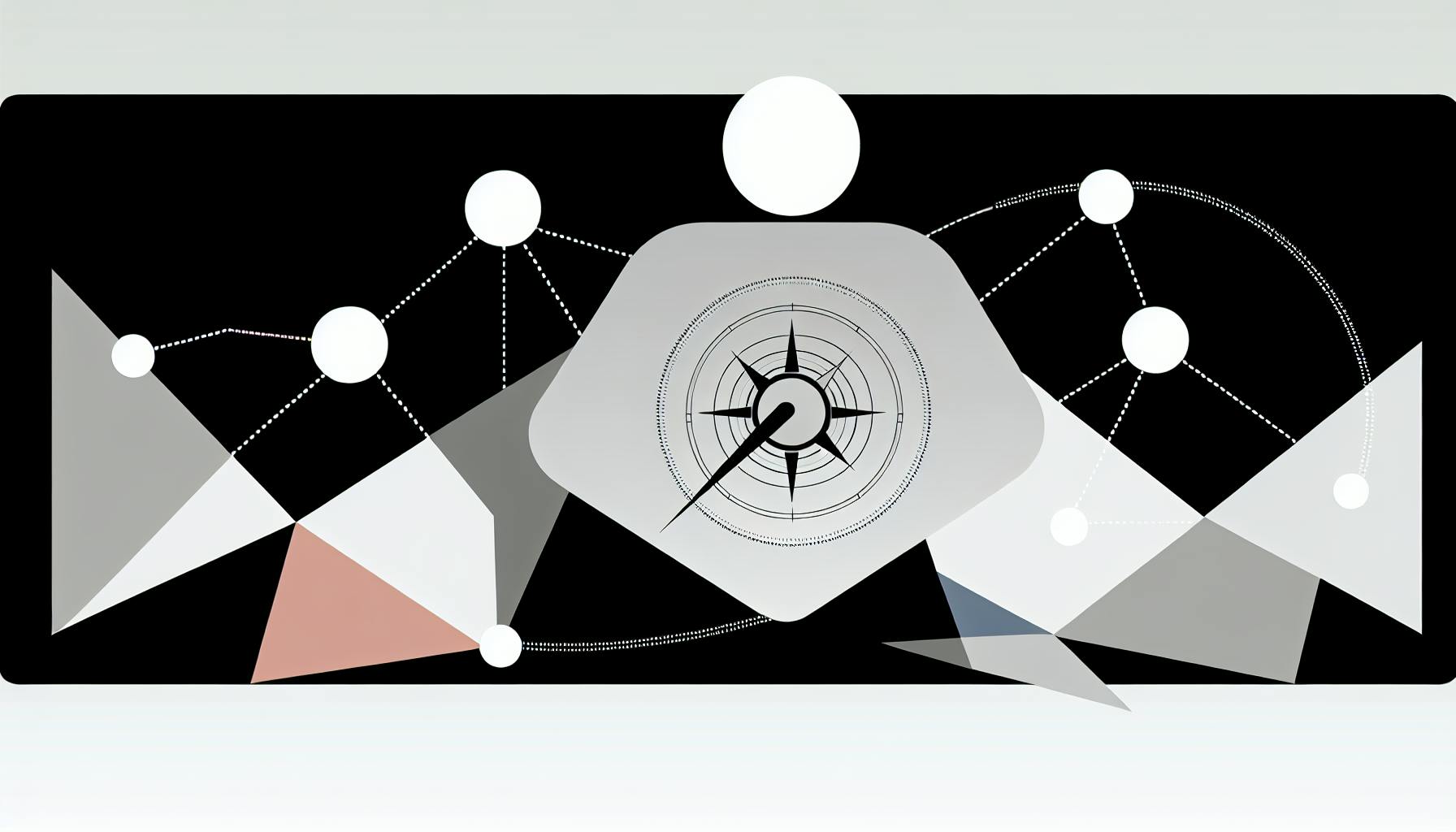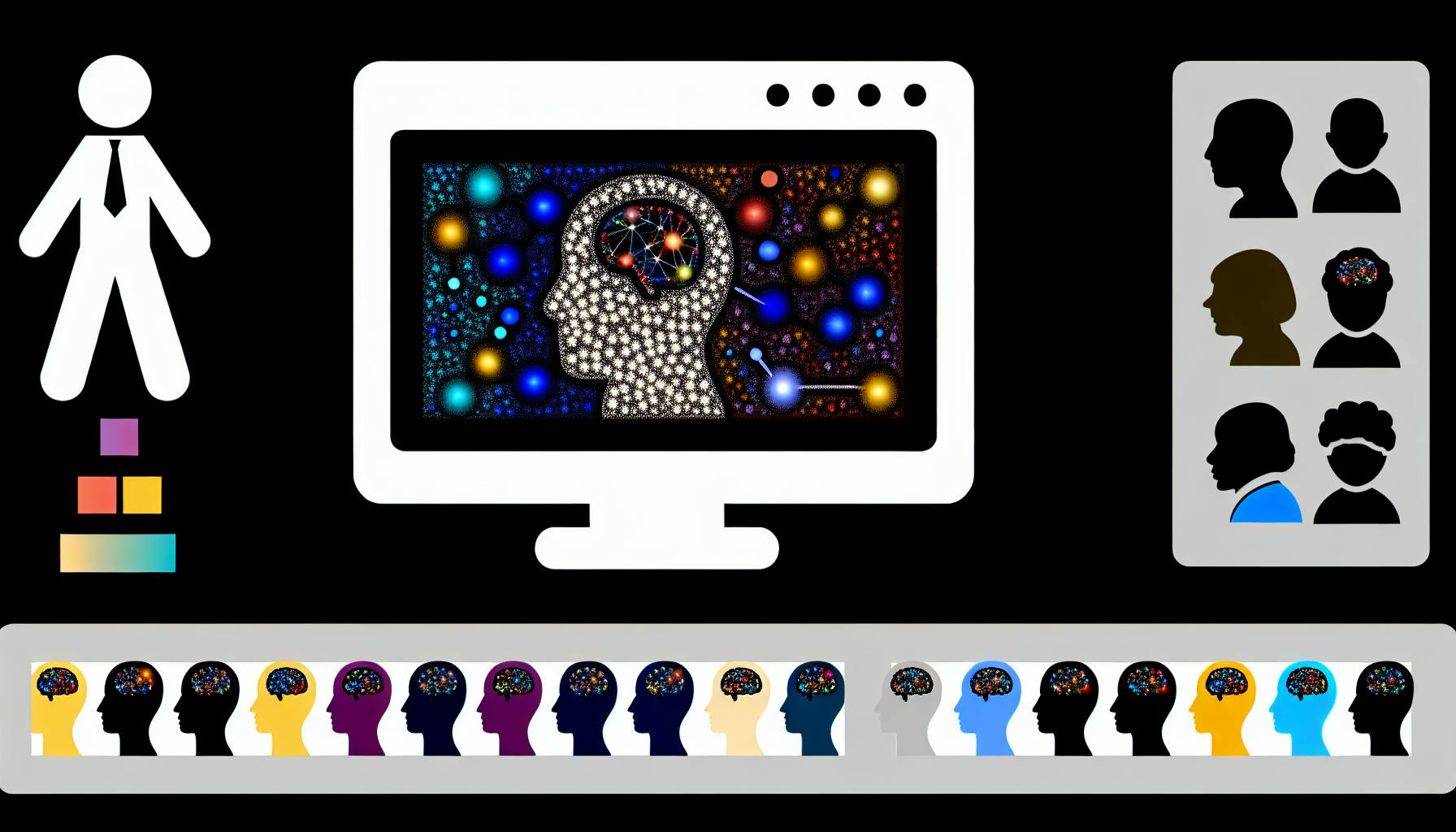
Amidst the dynamic progress in organizational diversity, equity, and inclusion (DE&I), Iris Bohnet's pioneering insights pave the way for establishing workplaces devoid of bias. As highlighted in the Harvard Business Review article "Designing a Bias-Free Organization," Bohnet's research underscores the limitations of traditional diversity training programs, which often fail to alter attitudes or behaviors meaningfully. Bohnet, who leads the Women and Public Policy Program at the Harvard Kennedy School, critiques the tendency of organizations to implement diversity initiatives without evaluating their effectiveness, leading to minimal progress towards genuine inclusivity.
Bohnet advocates for a paradigm shift towards redesigning organizational processes to preempt biased decisions, emphasizing the significance of behavioral design in mitigating bias and maximizing talent utilization. She points to the effectiveness of structural changes, such as the adoption of blind auditions by orchestras, which have demonstrably increased female membership by focusing on talent over demographic characteristics. Such measures, including anonymizing job applications and standardizing interviews, highlight the importance of objective data over subjective evaluations in making fair and equitable decisions regarding promotions and performance appraisals.
Expanding upon Bohnet's principles, it's imperative to apply these insights to all forms of employee communication, including job descriptions, onboarding materials, and training materials. These communications often serve as the initial interaction points between an organization and its potential or current employees. Research reveals that 10-20% of job postings exhibit at least one form of bias, predominantly gender-related, which can deter a diverse array of talented candidates from applying. This not only perpetuates homogeneity but also restricts the organization's potential for innovation and growth.
Addressing these challenges requires a rigorous review and revision of communication materials to ensure they are inclusive and devoid of biases. Organizations must adopt gender-neutral language and focus on skills and qualifications rather than characteristics that may suggest a preference for a specific demographic. Additionally, the implementation of regular training sessions for those involved in creating and reviewing these materials is crucial. Such initiatives equip individuals with the necessary tools and knowledge to identify and eliminate biases, fostering an environment that truly embraces diversity, equity, and inclusion.
Through a data-driven approach to diversity and inclusion, Bohnet's work and the subsequent extension of her principles to employee communications serve as a blueprint for organizations striving to create more inclusive, equitable, and productive workplaces. This strategy not only challenges conventional diversity training methods but also calls for a comprehensive reevaluation of organizational practices to ensure they actively promote equality and leverage the full spectrum of human talent.
To learn more about how these principles can be applied through innovative solutions, visit our platform. This AI-powered tool embodies the essence of creating more inclusive and equitable workplaces by systematically detecting, addressing and mitigating biases in organizational practices.

